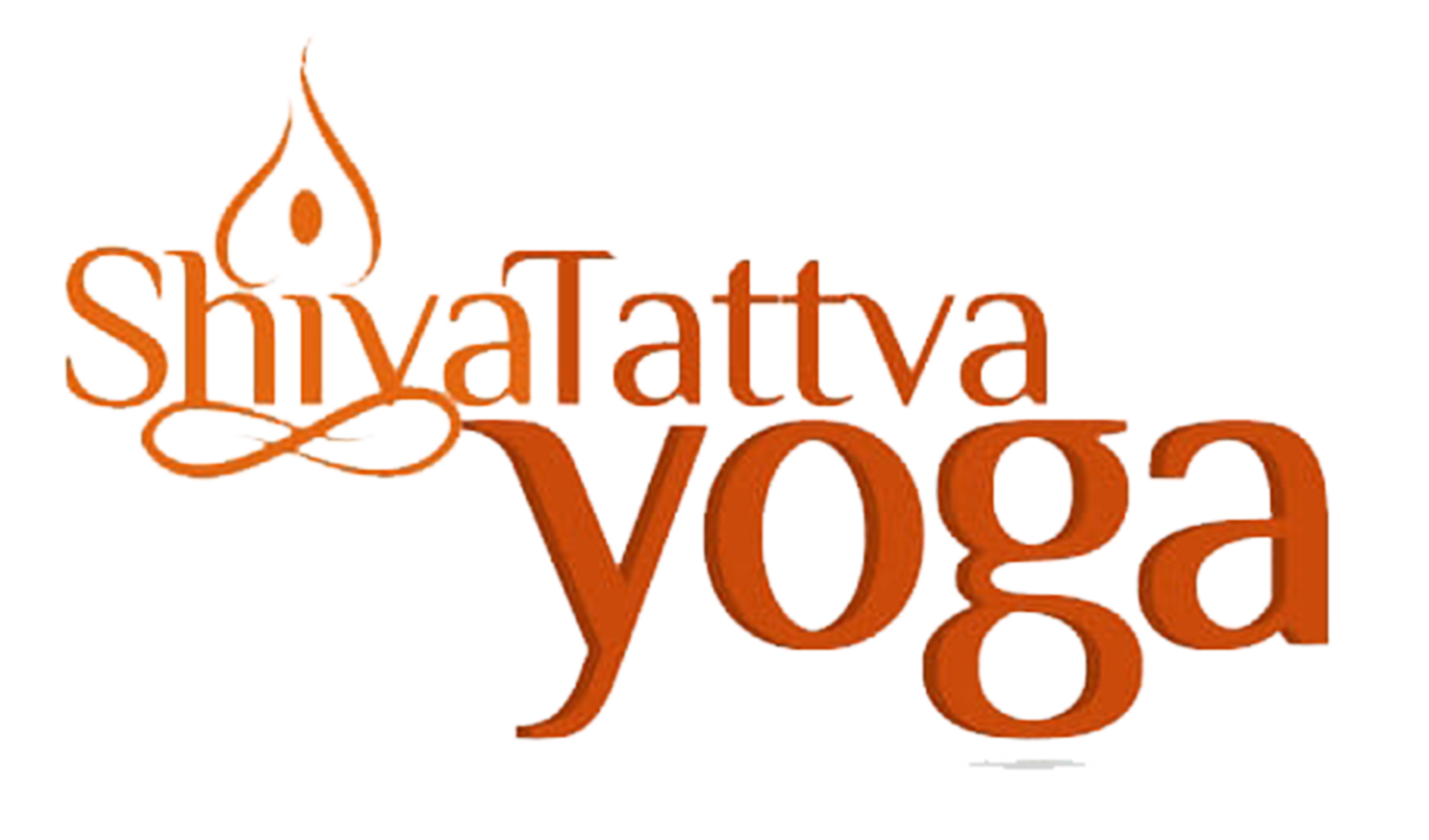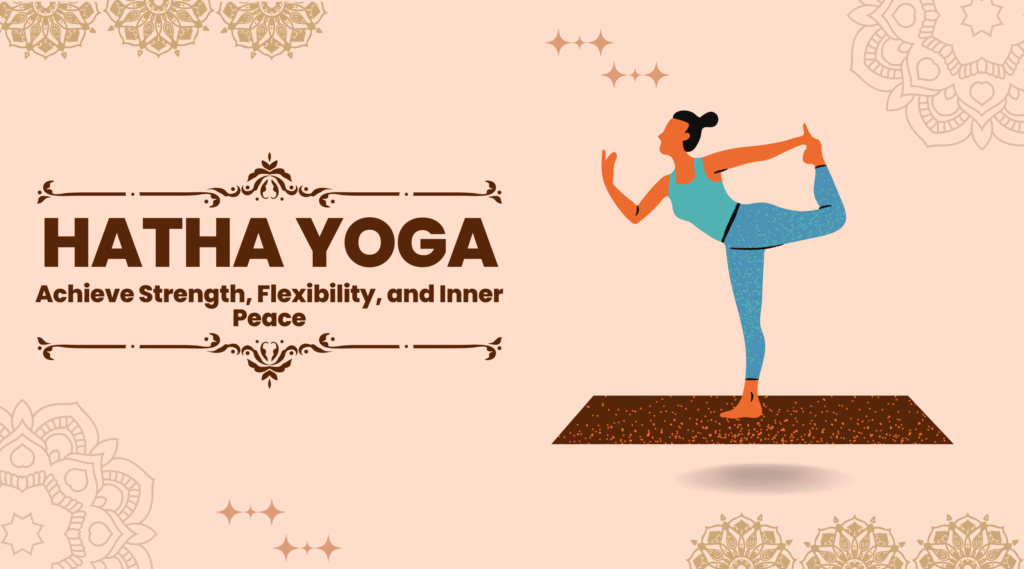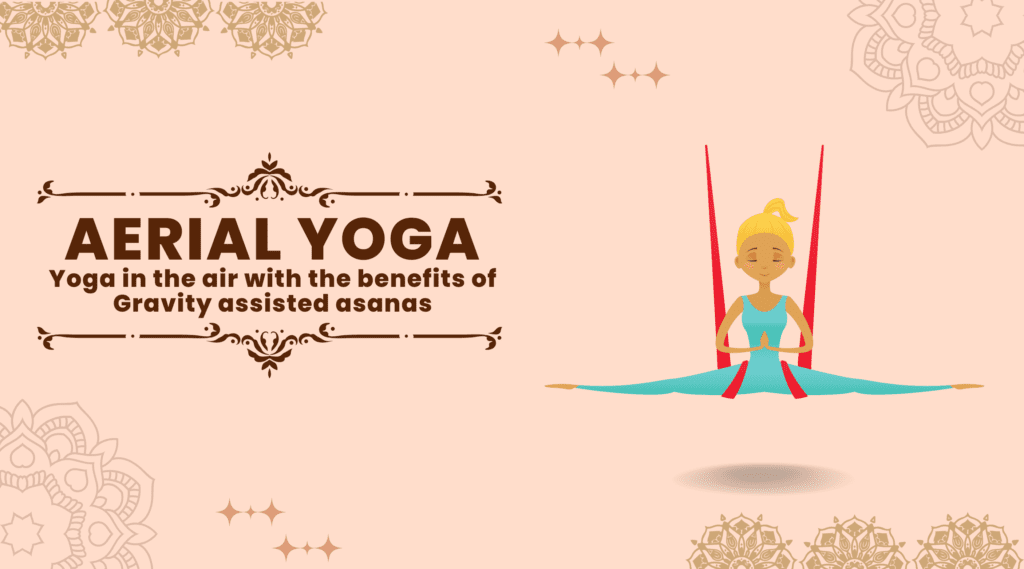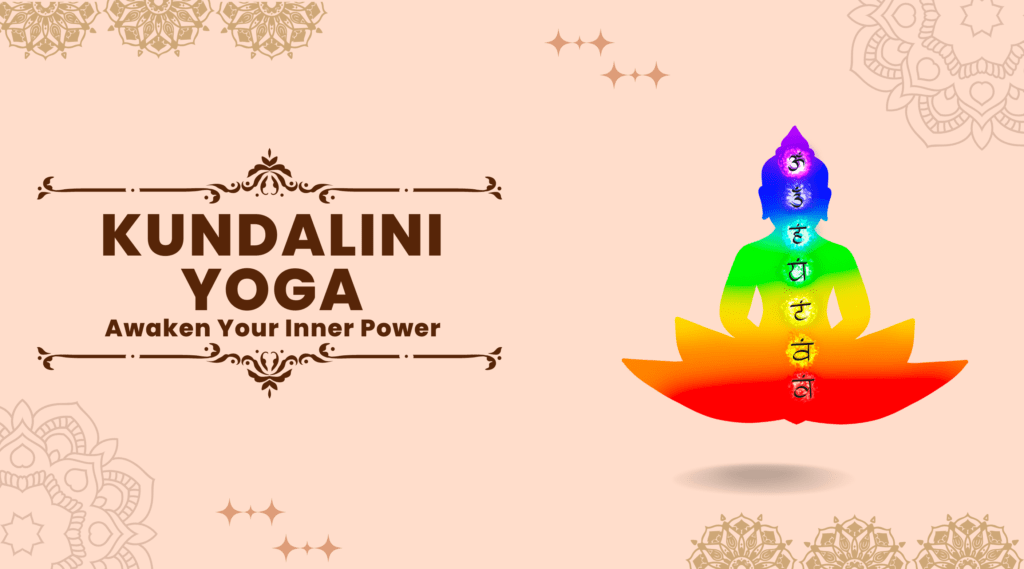Chair Yoga: Yoga for All Ages and Abilities
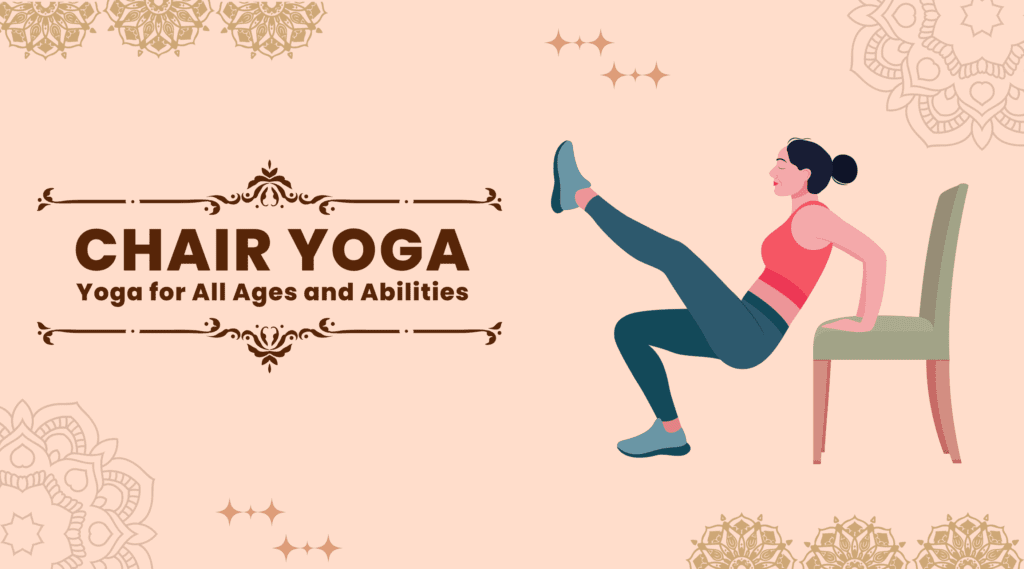
Introduction
Chair yoga is a gentle form of yoga that is practised while seated on a chair or using the chair as a prop for support. It can also be termed as sitting down yoga.
It is a great option for those people who may have limited mobility. Whether they have difficulty getting up and down from the floor, or other physical limitations that prevent them from practising traditional yoga poses.
In this article, we will explore the benefits of chair yoga and how it can improve physical health, mental health, and overall well-being.
Suggested: Best Yoga Retreats And Yoga Teacher Training In Rishikesh
History of Chair Yoga
The practice of chair yoga started way back in the 1980s. It was developed by Lakshmi Voelker-Binder, a yoga teacher. She began adapting traditional yoga poses for people with physical limitations. Lakshmi Voelker saw a need for a more accessible form of yoga. that could be practised by people who had difficulty getting up and down from the floor, as well as who had other physical limitations.
Lakshmi Voelker-Binder began experimenting with using chairs as a prop for support, and soon developed a series of modified yoga poses that could be practised while seated on a chair. She called this practice “Chair Yoga,” and began teaching it to her students in New York City.
Over time, chair yoga gained popularity among people who were unable to practise traditional yoga due to physical limitations, such as seniors, people with disabilities, and those recovering from injuries. Chair yoga also became popular among office workers who spend long periods of time sitting at a desk, as it provided a way to stretch and move the body without leaving the chair.
As chair yoga gained popularity, other yoga teachers also began developing their own adaptations of traditional yoga poses for people with physical limitations. Today, there are many different variations of chair yoga, each with its own unique approach as well as set of poses.
Benefits of Chair Yoga
Chair yoga offers a number of physical as well as mental benefits such as:
1. Improved flexibility and range of motion:
Chair yoga poses are designed to stretch and strengthen the body while improving flexibility and range of motion. It is especially beneficial for people who spend long periods of time sitting at a desk or in a wheelchair, as it can help to prevent muscle and joint pain, and improve overall physical comfort.
2. Reduced stress and anxiety:
As Chair yoga incorporates both breathing techniques and meditation, hence it can help reduce stress and anxiety levels.
3. Increased strength and balance:
Chair yoga poses can help improve strength and balance, while reducing the risk of falls and injuries.
4. Improved circulation:
Chair yoga can help improve circulation by encouraging movement and stretching.
5. Reduced pain and discomfort:
Chair yoga can be helpful for people with chronic pain or discomfort, because it offers a gentle and low-impact form of exercise. Hence, it is always beneficial to use chair yoga for lower back pain.
6. Better posture:
Chair yoga can help improve posture by strengthening the muscles in the back and core.
7. Improved mental clarity and focus:
Apart from physical benefits, chair yoga can also help improve mental clarity and focus by reducing stress and promoting relaxation.
8. Increased energy levels:
Chair yoga can help boost energy levels by encouraging movement and deep breathing.
Apart from the above benefits Chair yoga can also help to build strength in the upper body, particularly in the arms, shoulders, and back. This yoga form is important for maintaining good posture and preventing back pain, which is a common issue for people who spend a lot of time sitting.
Chair yoga can also be a social activity, providing an opportunity for people to connect with others and reduce feelings of isolation. This is particularly important for older adults, who may be more susceptible to loneliness and social isolation.
Techniques for practising Chair Yoga
One of the great things about chair yoga is that it can be practised almost anywhere, as long as you have a chair to sit on. You don’t need any special equipment or clothing. Even, you can even practise this yoga in your office or at home. Chair yoga for seniors is a great idea because it allows them to practise yoga with ease.
To get started with chair yoga, it’s important to find a qualified instructor who can guide you through the poses and ensure that you are practising safely. Many yoga studios and yoga ashrams offer chair yoga classes, and there are also online resources available for people who prefer to practise at home. Here are some techniques for practising chair yoga:
- Start with gentle warm-up exercises: Begin by gently moving your arms, shoulders, neck, and spine to warm up your body and prepare it for the yoga practice.
- Focus on breathing: Pay attention to your breath and practise deep, slow breathing throughout the practice while inhaling through nose and exhaling through mouth.
- Modify poses: Modify the poses to suit your individual needs and limitations. Use the chair for support, if needed, and don’t force any movements that feel uncomfortable.
- Practice balance: Use the chair for support while practising balance poses, such as standing on one leg or holding a warrior pose.
- Practice seated poses: Many yoga poses can be adapted for seated positions, such as seated twists, forward folds, and spinal twists.
- Stretch the hips and legs: Use the chair to perform hip and leg stretches, such as seated pigeon pose or seated hamstring stretches.
- End with relaxation: End the practice with a few minutes of relaxation and deep breathing.
17 Best Chair Yoga Poses
1. Seated Mountain Pose:
- Sit with a tall spine, feet grounded, and palms resting on your thighs.
- Relax your shoulders and take deep breaths in and out through your nose.
- Hold for 5-10 breaths.
2. Seated Forward Fold:
- Sit with a tall spine, feet grounded, and hands resting on your thighs.
- Exhale and slowly fold forward, reaching your hands towards your feet or the floor.
- Keep your spine long and your shoulders relaxed.
- Hold for 5-10 breaths.
3. Seated Cat-Cow Stretch:
- Sit with a tall spine, feet grounded, and hands resting on your thighs.
- Inhale and arch your spine, lifting your chest and bringing your shoulder blades together.
- Exhale and round your spine, dropping your head towards your chest.
- Repeat for 5-10 breaths.
4. Seated Spinal Twist:
- Sit with a tall spine, feet grounded, while hands resting on your thighs.
- Inhale and lengthen your spine.
- Now exhale while twisting towards the right, keep your left hand onto your right knee while keeping your right hand on the chair behind yourself.
- Hold for 5-10 breaths, then switch sides.
5. Seated Side Bend:
- Sit with a tall spine, feet grounded, and hands resting on your thighs.
- Inhale and reach your right arm up towards the ceiling.
- Exhale and lean to the left, stretching your right side.
- Hold for 5-10 breaths, then switch sides.
6. Seated Eagle Pose:
- Sit with a tall spine, feet grounded, and arms resting on your thighs.
- Cross your right arm over your left arm and bring your palms together.
- Lift your elbows towards shoulder height and press your palms away from your face.
- Hold for 5-10 breaths, then switch sides.
7. Seated Warrior Pose:
- Sit with a tall spine, feet grounded, and hands resting on your thighs.
- Inhale and reach your right arm up towards the ceiling.
- Exhale and bring your right hand down to your right hip, and stretch your left arm over your head to the right.
- Hold for 5-10 breaths, then switch sides.
8. Seated Sun Salutation:
- Sit with a tall spine, feet grounded, and hands resting on your thighs.
- Inhale and raise your arms overhead.
- Exhale while bringing your hands down to your heart.
- Inhale and raise your arms overhead.
- Exhale and fold forward.
- Inhale and lift halfway, placing your hands on your thighs.
- Exhale and fold forward again.
- Inhale and raise your arms overhead.
- Exhale and bring your hands down to your heart.
9. Seated Pigeon Pose:
- Sit with a tall spine, feet grounded, and hands resting on your thighs.
- Cross your right ankle over your left knee, keeping your right foot flexed.
- Keep your hinge forward from hips while keeping your spine long and straight.
- Hold for 5-10 breaths, then switch sides.
10. Seated Figure Four Pose:
- Sit with a tall spine, feet grounded, and hands resting on your thighs.
- Now place your right ankle on your left thigh, and keep your right foot flexed.
- Keep your spine long and gently press your right knee away from you.
- Hold for 5-10 breaths, then switch sides.
11. Seated Butterfly Pose:
- Bring the soles of your feet together and let your knees drop out to the sides.
- Hold onto your ankles or shins and lengthen your spine.
12. Seated Shoulder Stretch:
- Reach your right arm across your chest and hook your left arm under your elbow.
- Gently pull your right arm toward your chest to stretch your shoulder.
- Hold the breath for some time, then repeat the same process for the other side.
13. Seated Neck Stretch:
- Drop your right ear toward your right shoulder and hold for a few breaths.
- Repeat on the other side.
14. Seated Hamstring Stretch:
- Straighten your right leg and rest your heel on the ground.
- Flex your foot and lean forward slightly to stretch your hamstring.
- Hold your breath for some time, and then repeat it on the other side.
15. Seated Calf Stretch:
- Place the ball of your right foot on the ground and extend your heel forward.
- Gently press your heel down to stretch your calf.
- Hold your breath now, then repeat with the other side.
16. Seated Chest Opener:
- Reach your arms behind your back and interlace your fingers. Straighten your arms
17. Seated Tree Pose:
- Begin by sitting tall in your chair while keeping your feet flat on the ground as well as your hands resting on your thighs.
- Shift your weight onto your left foot and place your right foot on your left inner thigh, while your right knee pointing out to the side.
- Press your right foot into your left thigh and your left thigh into your right foot thus creating a stable base.
- Bring your hands to your heart centre in prayer position, or reach your arms up overhead if you feel comfortable doing so.
- Lengthen your spine and breathe deeply for a few breaths.
- To come out of the pose, release your arms and bring your right foot back to the ground. Repeat on the other side.
Cautions While practising Chair Yoga
While practising Chair Yoga, we need to keep in mind the following cautions:
- Modify poses as needed: It is important to modify the poses so that it suits your individual needs and limitations. Use the chair for support, if needed, and don’t force any movements that feel uncomfortable.
- Avoid overstretching: While stretching is an important part of any yoga practice, it is important to avoid overstretching or pushing yourself beyond your limits.
- Practise good alignment: Proper alignment is important for preventing injury while getting the most benefit from each pose. Be sure to follow the instructions carefully and maintain good posture throughout the practice.
- Avoid sharp or sudden movements: Sharp or sudden movements can increase your risk of injury. Hence move slowly and deliberately, as well as avoid any movements that cause pain or discomfort.
- Don’t hold your breath beyond your limits: Holding your breath during yoga poses beyond your natural limits can increase your blood pressure and cause dizziness or lightheadedness. Be sure to breathe deeply and continuously throughout the practice.
Expectation from Chair Yoga classes
During chair yoga classes, you can expect to practise a series of gentle stretches and movements while seated on a chair or using the chair as a prop for support. The instructor will guide you through each pose, while providing modifications as needed to accommodate different levels of flexibility and physical ability.
Conclusion
Chair yoga is a gentle, accessible form of yoga that can offer numerous physical as well as mental health benefits. By practising gentle chair yoga regularly, you can improve flexibility, strength, and balance as well as overall health.
You Can Also Read
